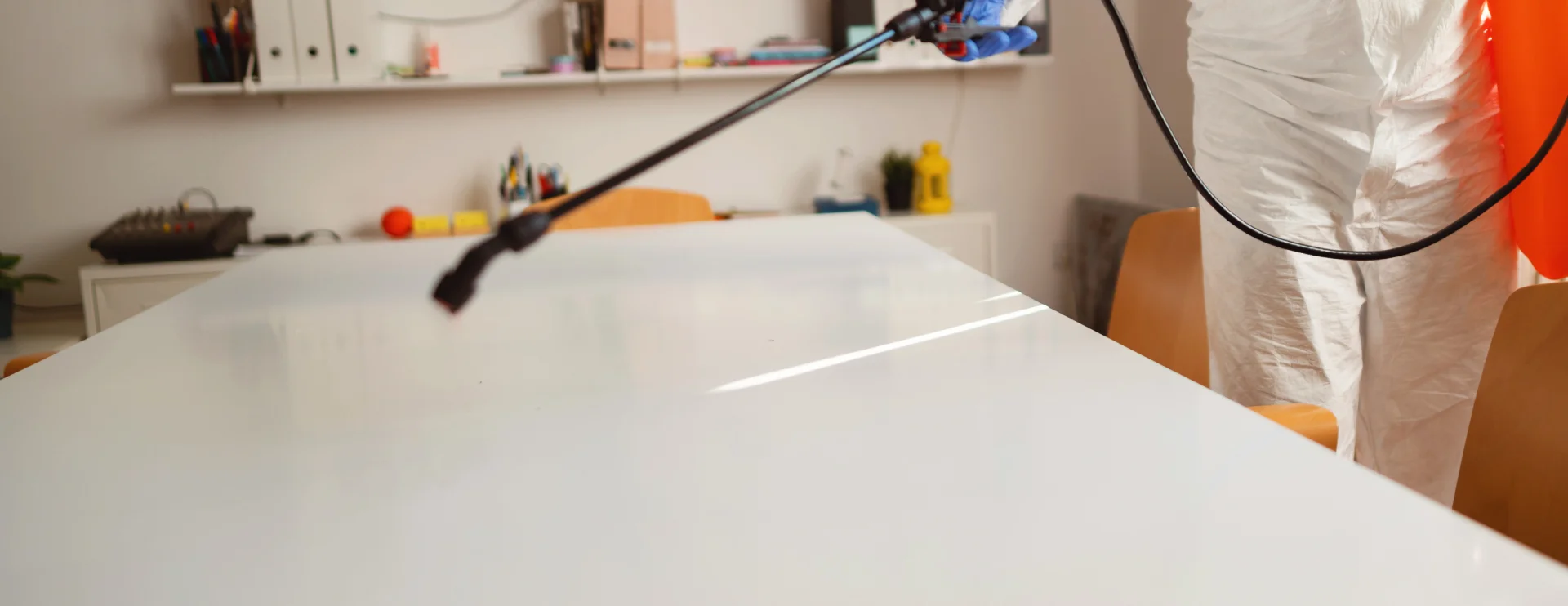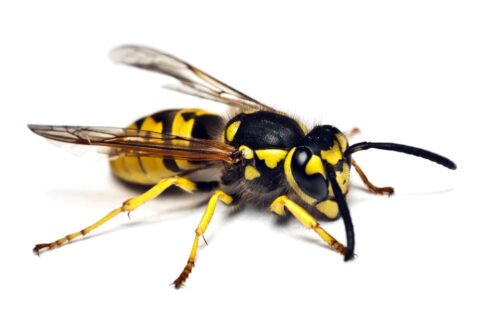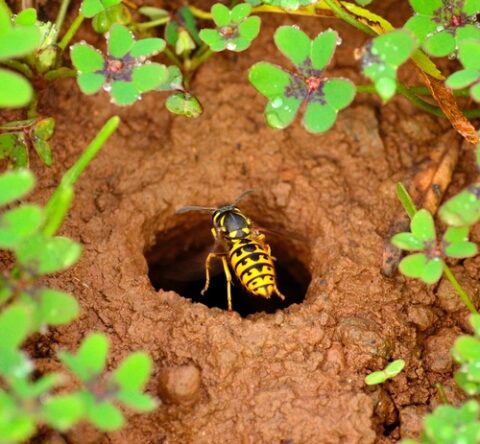Like with most DIY projects, whether you should remove a wasp nest yourself depends on the situation. If it’s a small nest in an easy-to-reach spot, you can probably do it yourself as long as you follow the right steps to avoid getting stung. Lots of homeowners try removing wasp nests themselves, but you need to know what to do to stay safe. If it’s a big nest or in a hard-to-reach place, it’s better not to take the risk. Trying to knock it down or do something else could make the wasps mad and aggressive.
Doing wasp control on your own can cause some issues. Here are things to think about:
Safety Risks: Dealing with wasps can be dangerous since they might sting if they feel threatened. It’s extra risky for people allergic to stings. If you do it yourself, wear protective clothing and use the right equipment to avoid stings.
Finding the Nest: It can be tough to find exactly where a wasp nest is located. They might be hidden or in hard-to-get-to areas, making it hard to treat them.
Removing the Nest: Taking down a wasp nest, especially a big one or one built somewhere hard to reach, is tricky. Some nests are near electrical wires or equipment, making it even harder.
Using the Right Treatment: You need to choose the right way to get rid of the wasps and treat the nest. There are different products and methods, but not all work on every type of wasp or nest location. Using the right insecticide or natural treatment and following the directions is important.
Wasps Fighting Back: Bothering a wasp nest can make the wasps mad and likely to sting you. You have to be careful and be ready to get away if it gets unsafe.
Not Getting Rid of Them All: DIY wasp control might not kill the entire nest or all the wasps. You could miss hidden nests, so the problem might come back. Professional pest control has the skills and tools to get rid of them completely.
Wasp sprays you can buy at the store can work to eliminate wasp colonies if used correctly. These sprays usually have insecticides that kill wasps on contact, but they might not soak into the nest very well if you just spray the outside.
Key things to know about using wasp sprays:
Safety First: Always read and follow the instructions carefully before using any insecticide. Wear long sleeves, pants, gloves, and goggles to avoid stings and insecticide exposure.
How to Use Them: Spray the product directly onto the nest, aiming for the entrance and any wasps you see. Stand a safe distance away and follow instructions for how far to spray from. Some sprays foam up to coat the nest better.
Best Timing: The best time to treat is at night or early morning when wasps are less active and likely inside the nest. This ups your chances of getting the whole colony.
Repeat Applications: Depending on nest size and number of wasps, you might need to spray a few times to get rid of them all. Spraying again helps kill any wasps left over.
Removing the Nest: After treating, you should remove the nest to prevent new wasps from moving in. But be careful, there could still be live wasps around. Wait until you’re sure the colony is gone.
Wasp sprays work best on smaller nests or when there aren’t too many wasps. For really big nests, tons of wasps, or nests somewhere difficult, it’s better to call a professional pest control company. They have special equipment and know-how to handle tough infestations safely.
Where Do Wasps Build Nests?
Wasps can build nests all around a typical house, like:
Under Roof Overhangs: They often build nests under the eaves of roofs or on soffits (underside of overhangs), sheltered from weather.
In Attics/Crawl Spaces: If they find a way in, wasps might nest in attics, lofts, or crawl spaces for shelter.
In Trees/Bushes: Some wasps like paper wasps build nests hanging from tree branches or bushes.
Inside Wall Spaces: Wasps can get inside wall cavities through gaps and build nests between the walls.
In Garages/Sheds: They also build in garages, sheds, or outbuildings that don’t get disturbed much.
On Structures: Pergolas, gazebos, fences – wasps might nest on these outdoor structures.
In the Ground: Certain species dig burrows in the ground or soft soil and nest underground.
The exact spot depends on the wasp type and environment. If you have a lot of wasp activity or a really big nest around your Buffalo home, it’s best to call in a professional pest control service to handle it safely.
Do Those Wasp Sprays Actually Work?
Yes, the sprays for homeowners do work, but they’re different from what professionals use. The main things are they don’t penetrate the nest deeply when sprayed, and they use cheaper oils that can stain siding and paint. So they’re tricky to use on nests attached to your house’s exterior, like eaves.
Usually when homeowners try removing the nest themselves, they just make the wasps find a new path into the nesting area, or drive them deeper inside the walls, making removal harder. At that point, people often call an expert after unsuccessful DIY attempts just left angry wasps nesting on the property.



